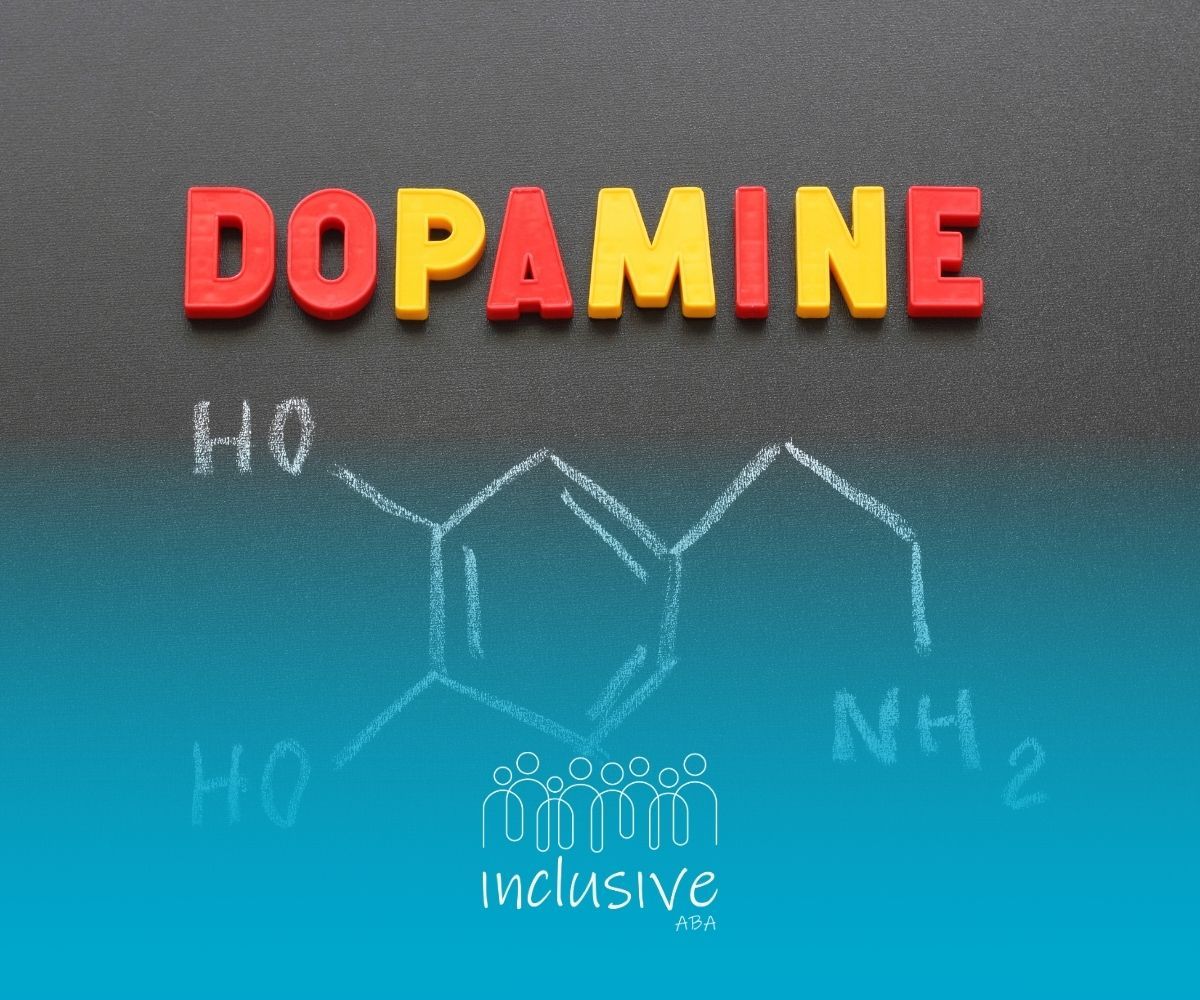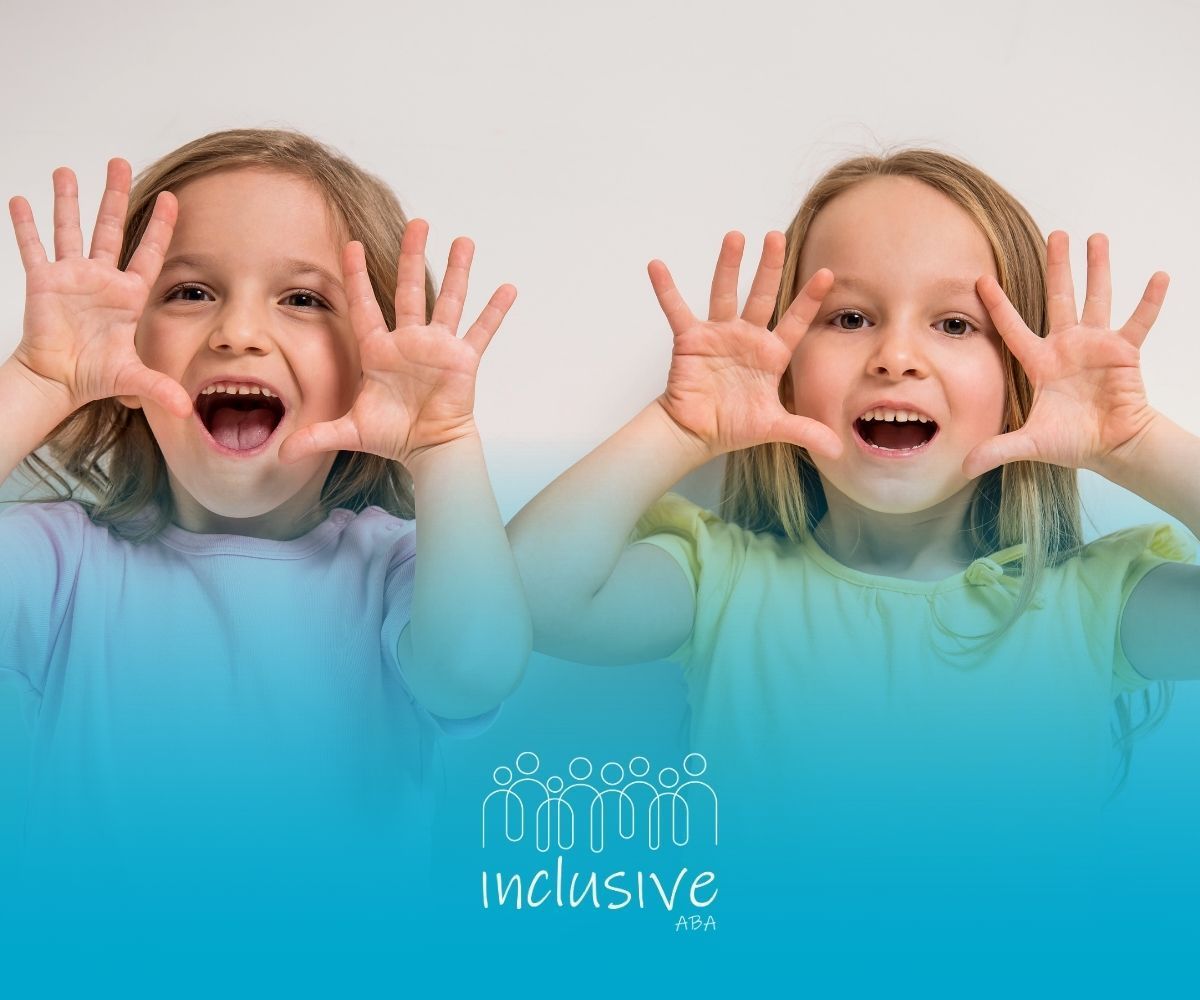Understanding ABA Therapy vs Speech Therapy: A Parent’s Guide
Navigating therapy options for children with autism or developmental delays can be challenging, especially when deciding between Applied Behavior Analysis (ABA) therapy and speech therapy. Both therapies have unique goals and techniques, but understanding their differences and how they complement each other helps families make informed choices. This detailed guide breaks down ABA Therapy vs. Speech Therapy, offering deep insights into each therapy type, their overlapping areas, and guidance on when to choose which intervention.
What Is the Core Focus? ABA Therapy vs. Speech Therapy
ABA Therapy: Behavioral Change and Skill Acquisition
ABA therapy is a scientifically supported approach based on behavior analysis. It targets improving specific behaviors across motor, social, learning, and communication domains through data-driven interventions. ABA therapists use structured techniques such as discrete trial training, reinforcement, and prompting to teach new skills and reduce challenging behaviors.
Speech Therapy: Language and Communication Skills
Speech therapy is provided by speech-language pathologists (SLPs), focusing primarily on communication challenges. It encompasses improving receptive (understanding) and expressive (speaking) language skills, speech clarity, social communication, and nonverbal communication methods like gestures or augmentative devices.
How ABA Speech Therapy Techniques Enhance Communication
ABA can include speech therapy techniques, especially using behavior analytic principles to foster communication development. Here are some core ABA speech therapy techniques:
- Discrete Trial Training (DTT): Breaking communication skills into small steps and teaching them through repetition and reward.
- Natural Environment Training (NET): Teaching communication during typical daily activities for better generalization.
- Functional Communication Training (FCT): Replacing challenging behaviors with appropriate communication methods such as using words or signs.
- Prompting and Reinforcement: Encouraging correct speech by giving cues and positive feedback.
This integrated approach means ABA therapy can include speech therapy components, which improve verbal and nonverbal communication systematically.
Verbal Behavior vs Speech Therapy: Understanding the Distinctions
Verbal Behavior (VB) therapy is an ABA-based approach to teaching communication, grounded in B.F. Skinner’s behavioral analysis theories, focusing on why language is used (its function), not just how many words are produced. In contrast, traditional speech therapy often emphasizes structural aspects, such as vocabulary size or sentence length.
VB therapy teaches language as functional behavior—requesting, labeling, commenting—with a strong focus on motivation and context, which differs conceptually from speech therapy’s model. Both work toward improved communication but with distinct approaches.
Common Concerns: Is ABA Therapy Harmful?
Some families question, “Is ABA therapy harmful?” It’s important to differentiate between evidence-based ABA and outdated punitive practices. Proper ABA therapy:
- Avoids physical or emotional punishment, focusing instead on positive reinforcement and respect for individuality.
- Is highly individualized, data-driven, and adapts to the child’s needs and preferences.
- Prioritizes dignity, empowerment, and often includes caregiver training for consistency.
Research and professional guidelines support ABA as a safe and effective therapy for autism and related challenges.
Regional Access: Finding ABA Speech Therapy Near Me
For families in Nevada, Nebraska, Colorado, Utah, Iowa, and Ohio looking for ABA therapy near me, Inclusive ABA offers comprehensive, locally accessible services. Families can find tailored therapy options, including:
- Parent ABA Training to equip caregivers with effective techniques.
- Home-Based Therapy promoting learning in natural environments.
- In-School Support and Advocacy ensuring educational success.
- Telehealth ABA Therapy, broadening access despite distance or schedules.
Inclusive ABA’s client-centered approach combines ABA and speech therapy techniques, ensuring effective, respectful care for each child’s unique needs.
Conclusion: Choosing the Right Path with Inclusive ABA
Understanding the differences between ABA Therapy vs. Speech Therapy helps families choose or combine services best suited for their child’s goals. Both therapies uniquely contribute to communication and behavioral growth, and Inclusive ABA offers integrated, flexible services in Nevada, Nebraska, Colorado, Utah, Iowa, and Ohio to support your child’s development.
Start your child’s therapy journey today with Inclusive ABA. Contact us to schedule an assessment and explore personalized ABA and speech therapy options that meet your family’s needs.
Frequently Asked Questions (FAQs)
Which is better, ABA therapy or speech therapy?
Both serve different but complementary roles. ABA focuses on behavior and a wide range of skills; speech therapy targets communication skills specifically.
What are the disadvantages of ABA?
When not individualized or overly focused on punishment, ABA can be ineffective. Proper ABA is positive, respectful, and evidence-based.
Which is better, OT or ABA?
OT targets motor and sensory skills, while ABA focuses on behavior and communication. They often work best together depending on individual needs.
What age is too late for ABA therapy?
ABA therapy can be effective at any age, including teens and adults, particularly when goals focus on independence and social skills.
Looking for Expert Help? We're Here for You!
Our compassionate and skilled team is devoted to enhancing your child's development through customized ABA therapy. Let us partner with you to create a supportive environment for your child's success.
Discover how we can help your family thrive with expert ABA therapy.
Related Posts







